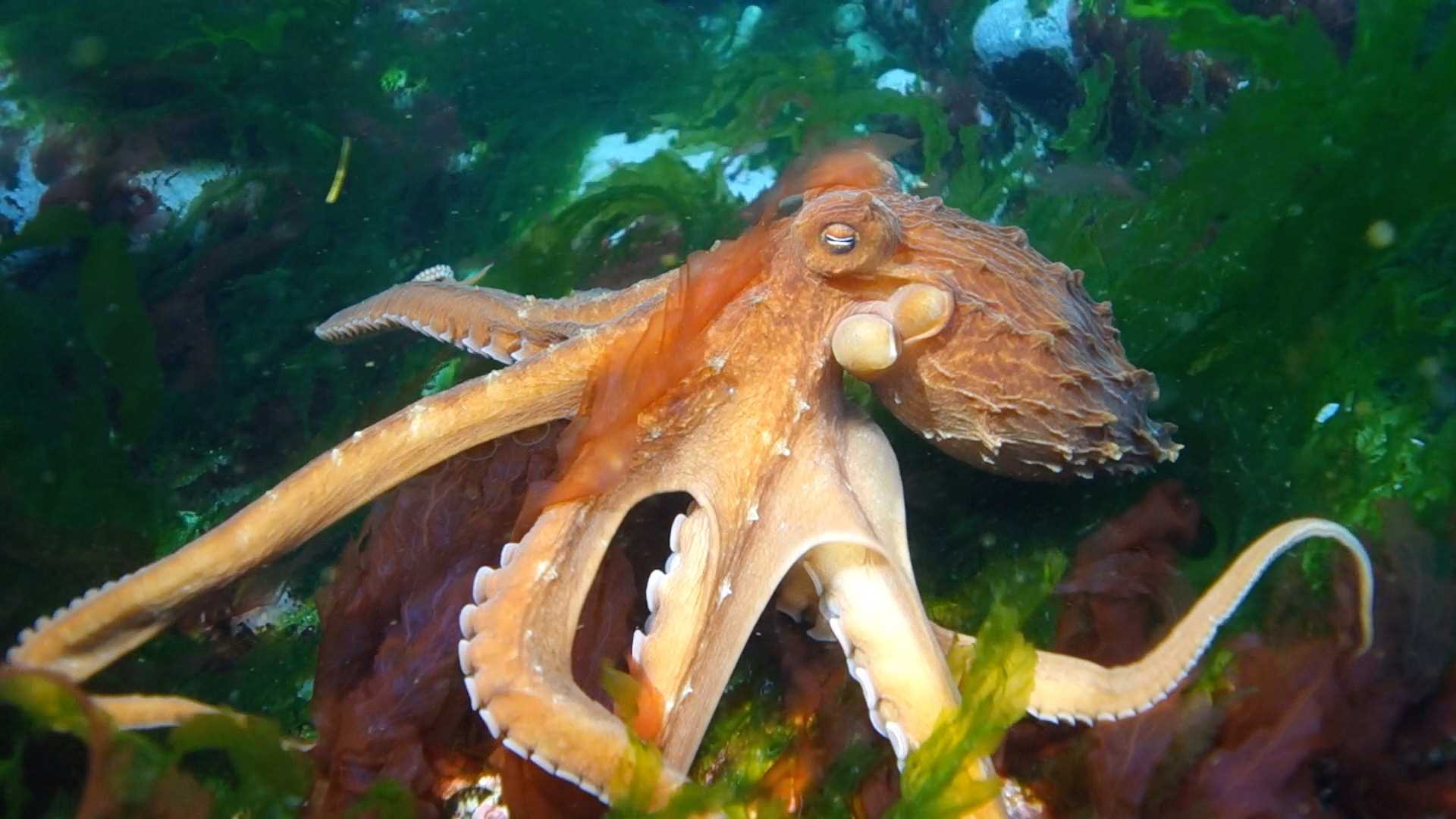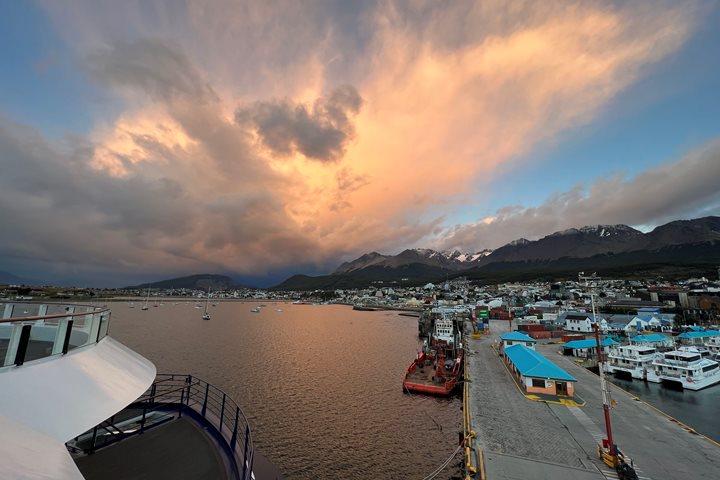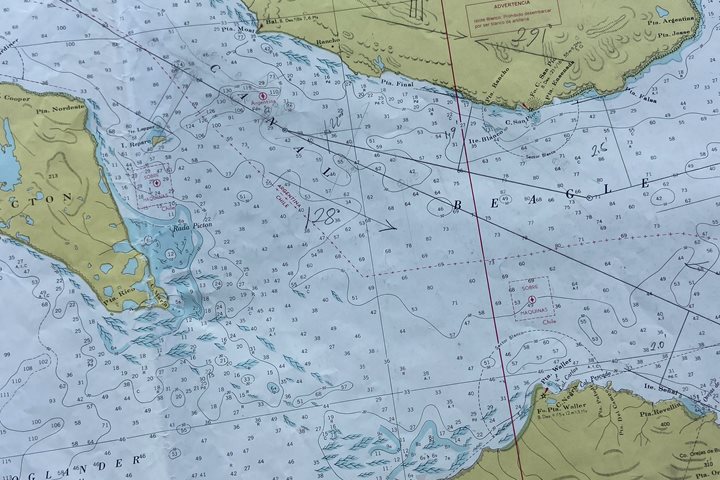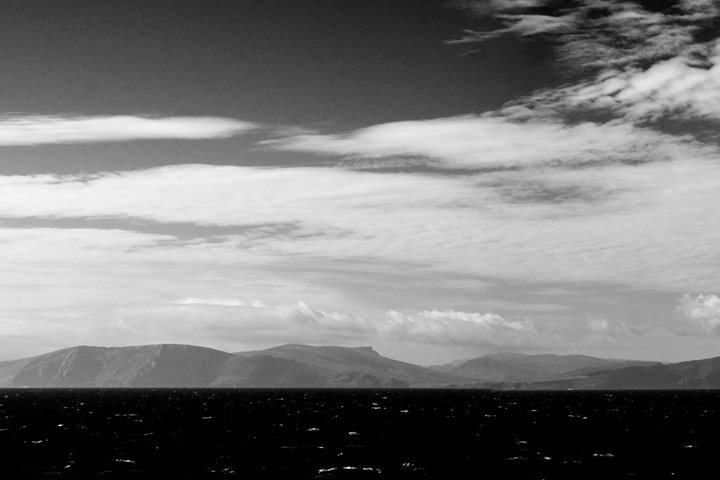Today the guests onboard the National Geographic Orion awoke to one of the most rare and beautiful sights – Isla de los Estados. This remote island sits only 18 miles off the eastern shore of Tierra del Fuego, but it’s separation offers it extreme solitude and respite from tourism or visitation. The island has been declared an “ecological, historic, and tourist provincial reserve”, and is limited to tours only from Ushuaia (and via Lindblad Expeditions vessels).
We began the day, and our trip to Isla de los Estados (also called Staten Island) with a visit to Isla Observatorio. This island, situated north of the mainland of Staten Island, is a biological hotspot for some of the densest wildlife populations in the region. Though wind rips through this part of the world, the ship found shelter on the southern coast of Isla Observatorio. Here the guests embarked the Zodiacs to take to the water – participating in a fantastic cruise by small boat. While touring this beautiful waterway the astounding bird life, sea life, and land life made itself wildly apparent. Rock and Imperial shags lined the cliffs. Mounds of land showed massive nesting area for Imperial shags, the Zodiacs could enter coves which housed birds by the thousands. The Striated Cara Cara slinked between nests and along the shoreline, searching for a meal with a predatory amble.
The afternoon took the ship to “the lighthouse at the end of the world. The novel, written by Jules Verne in the early 1900’s details a story of pirates and mystery on Isla de los Estados. The lighthouse, the novel’s setting, has become quite famous, attracting attention from guests worldwide. While intrepid hikers headed out to the lighthouse, the dive team took to the water. A little cove offered protection from the exposed surge of the southern Atlantic, buffered by a forest of Macrocystis kelp (also called Giant Kelp). Giant Kelp exists all the way up the temperate west coast into California and north to Alaska. The dive was amongst Lessonia, Shallow Tree Kelp, which provides an incredible habitat for a wide variety of cold water critters. Among the team on this dive was an octopus, a beautiful smart creature who often spends its time hidden in a den. During a twilight dive like this one, occasionally they will venture into the open to feed.
After a glorious day on Isla de los Estados, the National Geographic Orion provided a delicious meal and beautiful home for the night, before heading back out into the wilderness for one more day at Isla de los Estados.







